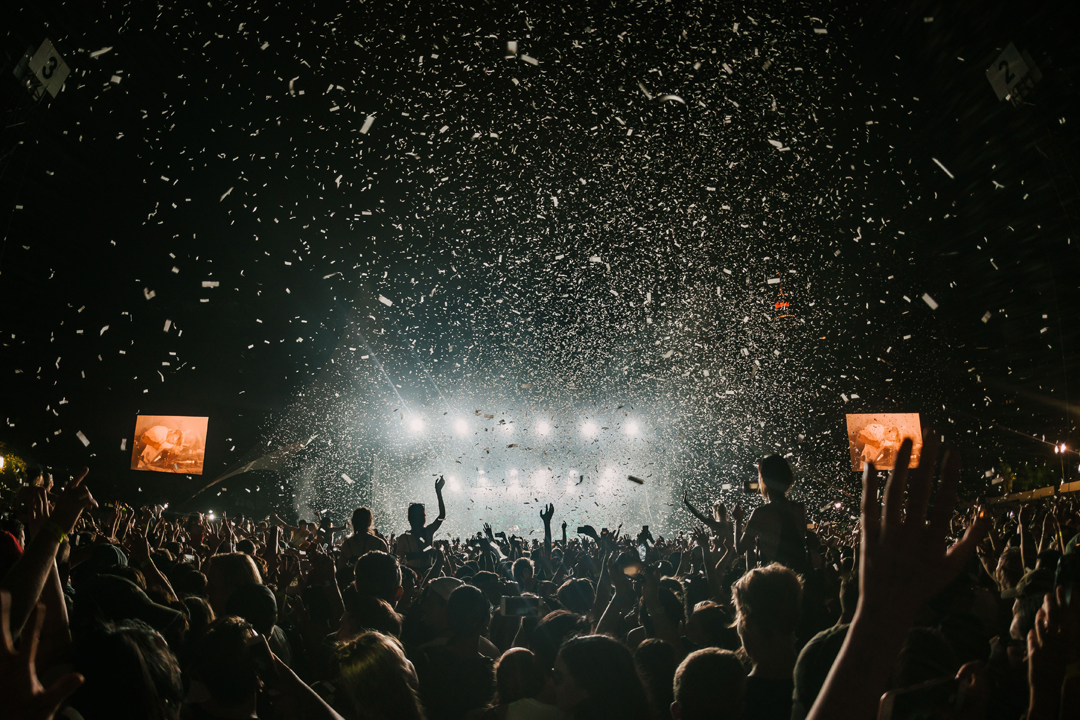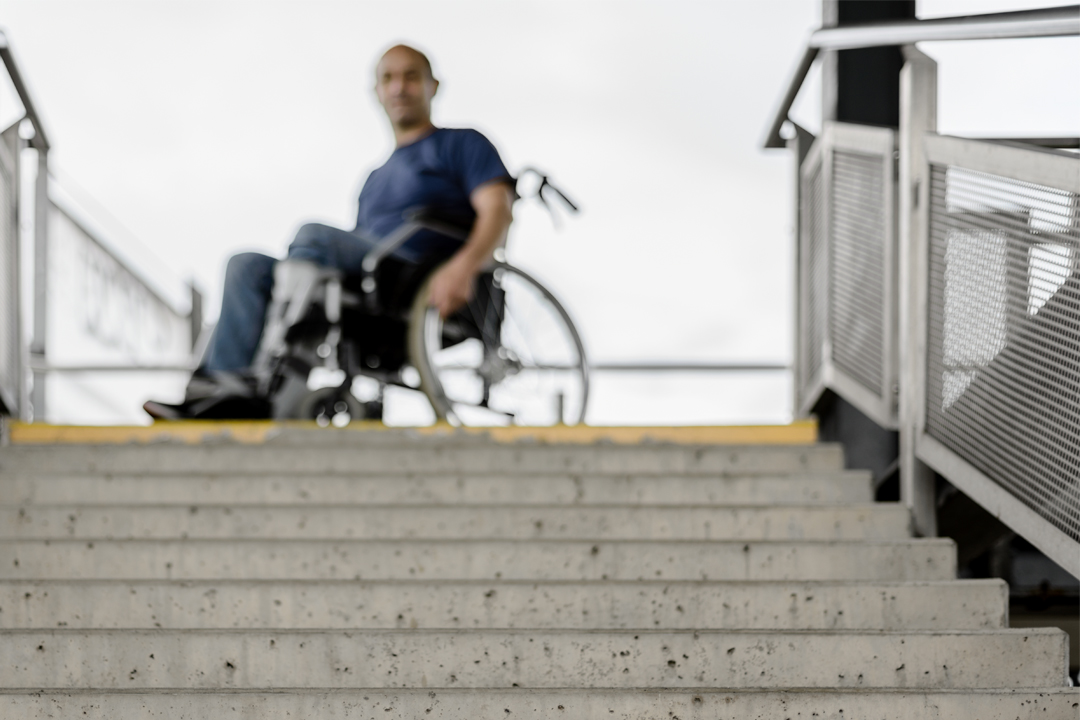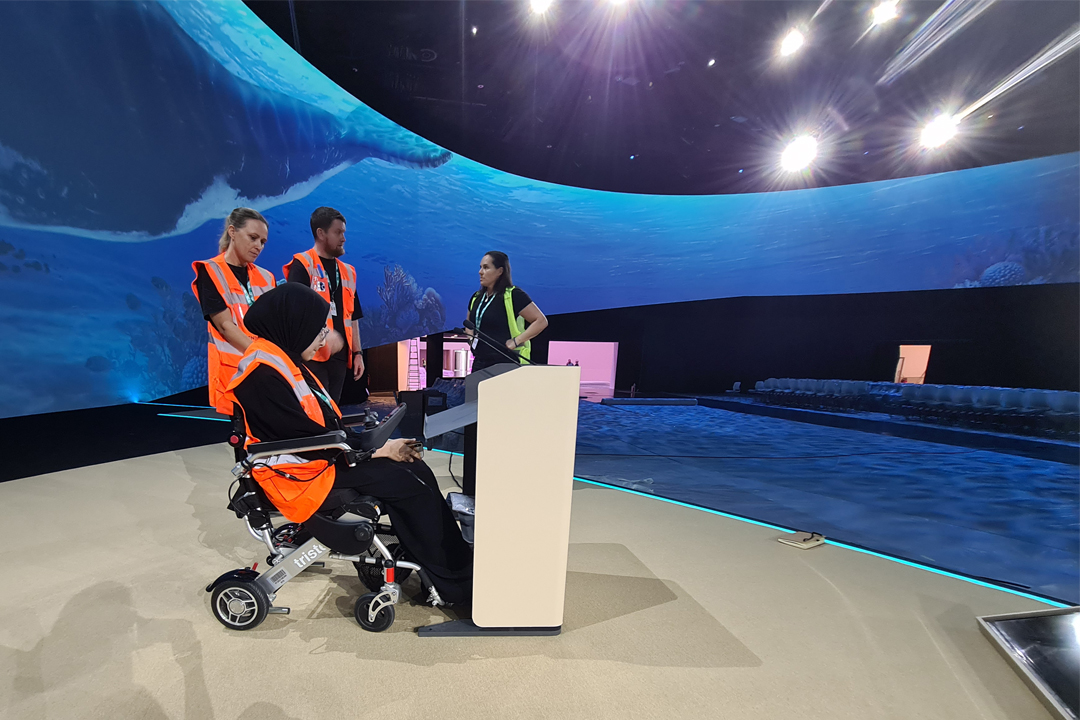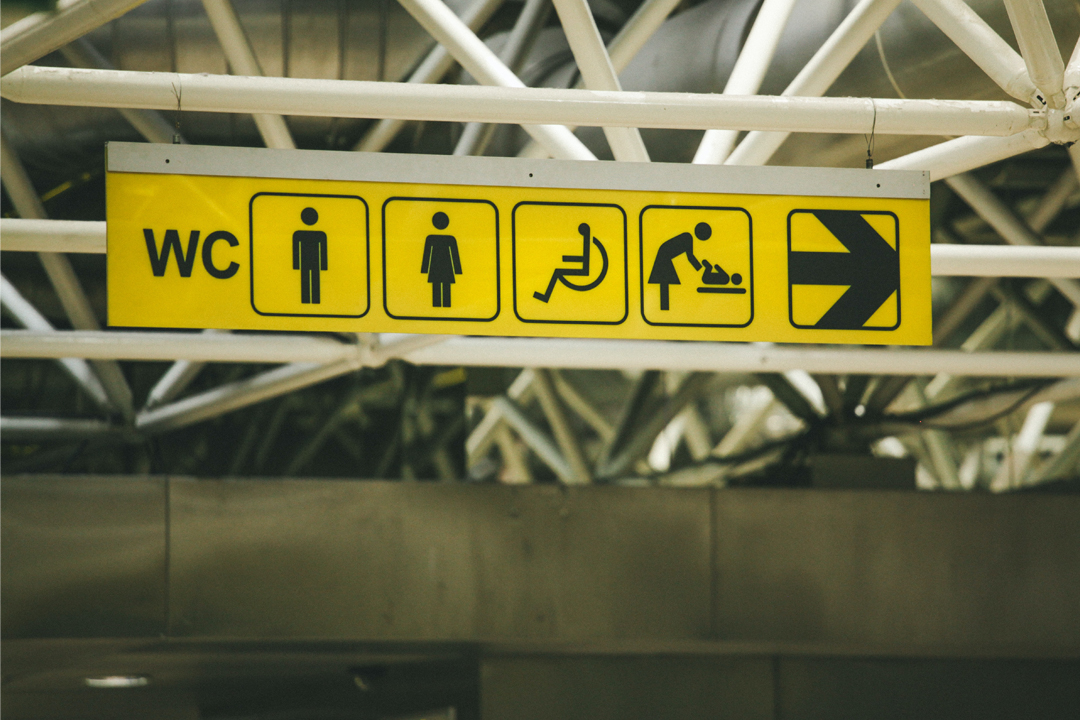10 accessibility principles every live event should champion
From music festivals and sporting events to theatre performances and large-scale gatherings, live events bring people together on an incredible scale. But the quality of that experience can look very different depending on someone’s access requirements.
Accessibility is what makes the difference between a memorable day and an excluded one. In this piece, we highlight ten key considerations that event organisers and venues should prioritise to design visitor experiences that are truly inclusive and accessible.

1. Pre-Visit information
The visitor experience begins long before the event itself. Ensure that pre-visit information is accurate, up to date, and communicated well in advance so attendees can plan their visit confidently. If you’re an event organiser hiring a venue, do a thorough recce to familiarise yourself with the space and the latest access information that needs to be shared.
Share essential details such as emergency procedures, accessible facilities such as wheelchair-accessible toilets, accessible routes within the venue, and information on arrival options, including accessible parking, taxi ranks, and public transport access. Providing this information allows visitors to plan their journey and arrive ready to enjoy the experience.
Depending on the venue, consider including details on flooring, ramps, and other accessibility information, either via email or in a dedicated FAQ on your website. Include guidance on registering for accessible facilities, assistive devices, or on-site support.
Above all, be transparent. If certain areas or features are not accessible, communicate this clearly - honesty prevents frustration and helps visitors make informed choices about their experience.
2. Site infrastructure
Accessible infrastructure should be considered a standard part of any event, not an afterthought.
Where possible ensure all visitors can enter via the same entrance independently. Step-free access into the venue via ramps and within the facilities should be easily accessed. Consider the availability of wheelchair accessible toilets, and ensure that the routes to these facilities, including any lifts, are wide enough to accommodate wheelchair users.
Many visitors rely on guide dogs or support animals. Providing water stations, shaded rest areas, and quiet spaces protected from main circulation routes for these animals is essential. Clear signage indicating these facilities, along with guidance on where support animals are permitted, helps create a welcoming and inclusive environment for both visitors and their companions.
It’s vital to include a variety of seating - ensuring back and armrests are available. Venue design should also consider acoustic and noise reduction measures, along with suitable lighting and glare control, as well as the choice of finishing materials for flooring and other surfaces.

3. Staff training
Staff are the frontline of an inclusive event experience. Beyond basic disability awareness training, all staff should be equipped to support visitors at any stage of their journey, from arrival and navigation to engaging with activities and responding to unexpected needs.
Not every situation can be anticipated in advance, so it’s crucial that staff and dedicated support teams are prepared, confident, and empowered to respond flexibly. This includes knowing how to assist with accessible facilities, guide visitors with support animals, communicate effectively with people with sensory or cognitive differences, and respond to emergencies inclusively.
Investing in comprehensive staff training ensures staff feel confident and visitors feel welcome, safe, and supported.
4. Quiet spaces
Live events can be overwhelming, and for some visitors, having the option to step away and recharge is essential to fully enjoying the experience. Providing dedicated calm or chill-out zones can make a significant difference, allowing attendees to regulate their sensory input and return to the event feeling comfortable and included.
5. BSL Interpretation / live captioning
Ensuring that events are accessible for people who are d/Deaf or hard of hearing is essential for true inclusivity. Providing British Sign Language (BSL) interpretation and live captioning allows attendees to fully engage with presentations, performances, and discussions. Consider visibility, positioning, and timing - BSL interpreters should be clearly visible, be well lit and captions should be accurate and synchronised. By embedding these services into your event from the outset, and including this information in pre-visit materials, organisers and venues can create an environment where all attendees can participate equally and confidently. Additionally, installing induction loops in the ticketing desk, visitor information areas and locations with audio visual systems, such as video reception desks or within the auditorium, can aid those with hearing loss.
6. Sliding scale for ticketing
To ensure the event is inclusive to all, adopt ‘Pay what you can’ sliding ticketing scales to ensure people on a lower income are also able to attend. Recognising that money is a barrier to access, and using a sliding scale ensures the event bridges the gaps that could prevent visitors from participating.
The ticketing and registration process should also be easily accessible, compatible with a screen reader and easy to navigate. Accessible seating selection should be included and available at a variety of locations where the experience does not differ from other visitors. Consider providing free or discounted tickets for personal assistants and companions to disabled visitors/attendees.

7. Signage and wayfinding
Clear, coherent and consistent signage and intuitive wayfinding are essential for all visitors, whether at large-scale events or smaller gatherings. Well-designed routes, visible signs, and accessible maps help attendees navigate the space independently, reduce stress, and creates a more welcoming experience for everyone.
Practical considerations should include: contrast checks, location and size proportion, symbols and icons, tactile and auditory cues, well lit signage and the aid of digital support such as apps to highlight accessible routes and facilities. These may include tools to aid navigation such as Navilens, Zapvision or a mapping tool such as Waymap.
8. Digital accessibility
At concerts or sports arenas, providing captions for announcements, commentary, or song lyrics, along with BSL interpretation where possible, helps ensure everyone can follow along.
Live streaming offers an important access provision for people who, due to their access requirements, cannot attend events in person. This can be particularly valuable for individuals with chronic conditions. Digital content should provide the same accessibility features as in-person events, such as BSL interpretation, live captioning, and other inclusive measures.

9. Handouts and information
Any materials or information provided to attendees, whether printed programs, schedules, or activity guides, should be available in multiple accessible formats. This could include large print, braille, digital copies compatible with screen readers, or easy-read versions for people with cognitive differences.
Sharing materials in advance allows visitors to prepare and engage fully, while ensuring on-site copies are clearly labelled and easily obtainable. By making information accessible from the outset, organisers and venues empower all attendees to participate independently and confidently.
10. Safety
When planning the timing of an event, consider the impact on safety measures. If the event is at night or ends after dark, are there safe routes to public transport? Is there an option to provide subsidised taxi drop-offs for people with additional needs? Are security staff trained in inclusive approaches to safeguarding? Are there protocols for gender based violence?
Live events have the power to bring people together, but true inclusivity means recognising that no two experiences are alike. Accessibility should start at the planning stage, with co-design and input from people with lived experience. Clear and timely information is essential for independence and informed decision-making, supported by honesty and transparency. “Fully accessible” doesn’t exist, but openly communicating the measures and facilities in place empowers visitors to prepare, participate, and make choices that work best for them.
Ready to make your events more inclusive? Discover how our access and inclusive design expertise can support your next project - get in touch here.
Written by:

Caitlin McMullan
Senior Inclusive Design Researcher
Caitlin is a Glasgow based researcher and access consultant and works across sectors to offer support, guidance and experience in ensuring a cohesive approach in accessibility and inclusion. Her research in Design for Disability has been published by Routledge and presented at Trent International Prosthetics Symposium.